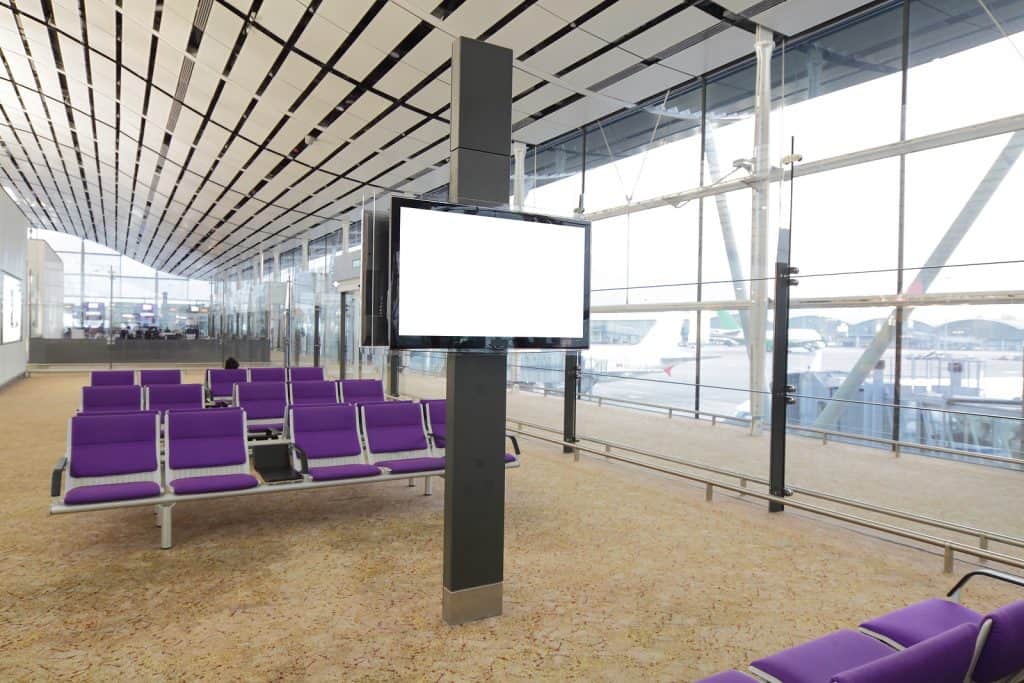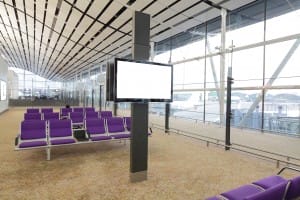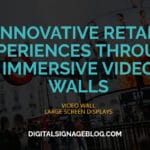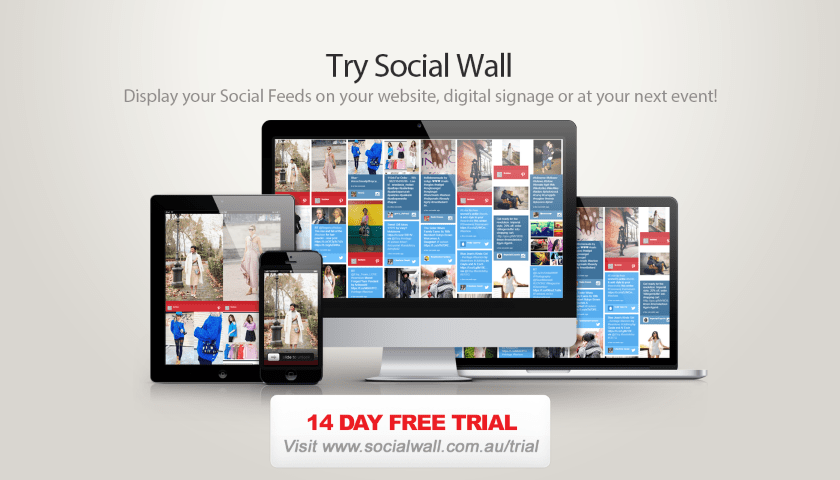Guest Posts
Guest Post: 10 Must-Have Features for Your Digital Signage Deployment

 10 Must-Have Features for Your Digital Signage Deployment
10 Must-Have Features for Your Digital Signage Deployment
Requirements for some of the most simple digital signage projects may preclude enterprise solutions. However, a large majority of today’s digital signage deployments are including requirements for more robust solutions. What follows are some of the more essential feature-sets for today’s companies.
Role-Based Administration
User access control is of paramount importance to any enterprise network operator. This is true for a number of key reasons. Individual roles and access to various portions of a particular network including individual content on a single screen to groups of screens for separate clients is essential, especially as a particular network operator grows screen real estate to a large scale. Scale requires more bifurcation of roles within the system. And such roles need limitations only the software can provide. If nothing else, having greater content control may be important for liability reasons.
Multi-Screen Support
Gone are the days of the one-size-fits-all digital signage deployment. More and more projects are requiring multi-screen video walls. Luckily today’s ultra-narrow bezel LCDs provide great options for stunning multi-screen support. You’ll just need to ensure hardware/software compatibility and support for such a system. The more complex projects become, the more robust the hardware and supporting software will need to be.
Content Scheduling
Often referred to as “dayparting,” content scheduling is one of the most critical components of nearly any digital sign. Whether you’re looking to publish content to a time-sensitive demographic at a particular location or looking to schedule breakfast, lunch and dinner content for a restaurant digital menu board, dayparting capabilities will provide the requisite tools to ensure proper targeting.
MediaRSS Integration
With the demands for refreshing content becoming more and more necessary, mediaRSS support will become a feature that provides increased flexibility for regular, refreshing content updates. Like traditional RSS, mediaRSS allows for feeding dynamic graphics and video via a regularly updating feed. It can be used to deliver anything from dynamic news updates to sports scores.
Touchscreen & Interactivity Options
Interactive controls are more and more becoming the rule, rather than an outlying exception. Kiosk and .SWF integration should also be high on the priority list because they’re often included as a component of some of the most prolific enterprise requests for proposal. Interactive displays have shown to be a more effective at creating brand recognition. They also provide a more effective tool for increasing conversions. Customized tools for touchscreen control will be important for more and more screens, especially as touchscreen LCDs come down in price.
Proof-of-Play Reporting
While not a critical component of most private networks, devoid of advertising, the proof-of-play reporting feature is all-too-frequently a deal breaker for the truly committed digital signage advertising network. Advertisers want the most concrete assurances that money spent on a particular screen or screen group actually went into an advertisement that played at a particular time and for a specific length or interval. Without proof-of-play, calculating—or even guessing ROI—would prove a fatal flaw for the industry as a whole. Proof-of-play will continue to play an integral role in digital out-of-home proving its worth to the rest of the advertising world.
Mobile Integration
Integrating with mobile phones is a broad term that is often over-utilized and altogether misunderstood. The process of integrating with mobile phones isn’t compartmentalized. It could include anything from SMS to bu.mp to Bluetooth. In its most simple form, it could include the need for
Emergency Alerts
A great number of today’s non-profit based digital signage systems are being deployed in areas like colleges, universities and high schools campuses. Many such campuses are looking for proactive and rapid means of communicating in times of critical emergency to students and staff. Using an electronic sign network for doing so can help to complement real-time SMS alerts via mobile. Unfortunately it’s a sad world we live in when we know such a feature is not included to avert just natural disasters. Fortunately, let’s hope such displays may eventually assist in saving lives during a time of extreme emergency.
Remote Health Monitoring
The larger a network becomes, the greater difficulty is had in managing individual remote resources which most often includes the digital signage players. Today’s operators need to know status updates on their network nodes in the field. Having an understanding of hardware status remotely helps to ensure content playback, but can also play a critical role in hardware security. Theft and vandalism can trigger immediate remote updates via mobile and tablet devices of a screens status on the network. Having remote control and constant monitoring are becoming key elements for many enterprise installations.
Facial Recognition
While still on the “bleeding edge,” facial recognition is becoming a feature simply based on the sexiness factor alone. Luckily other non-competing technologies are helping to develop more out-of-the-box tools to make facial recognition and gesture-based tools (Kinect ring a bell?) helpful in gauging audience response and ultimate content effectiveness. While low on my personal priority list, facial recognition will continue to play a more critical role as signage ad networks become more seasoned by seeking methods for more intrusive targeting. Challenges over privacy remain, but it doesn’t mean the feature won’t continue to be part of an enterprise suite of tools.
Digital signage has come a long way in the last decade. Unfortunately, consolidation and control battles are still occurring in an industry that hasn’t quite found its place quite yet. Luckily, the market is maturing by degrees and as this occurs, I’m sure the aforementioned list will become extended. For most organizations looking to do a deployment, they may only require a handful of the features listed. But having them should be helpful in determining what is important for your particular project needs.
About Nate Nead
Nate Nead is a digital signage expert and blogger whose been working in the industry since 2008. He lives in Seattle, Washington.
LIKE WHAT YOU'VE READ?
When you subscribe you will also join other Digital Signage readers who receive our content right in their mailbox. Good luck!






Comments (0)